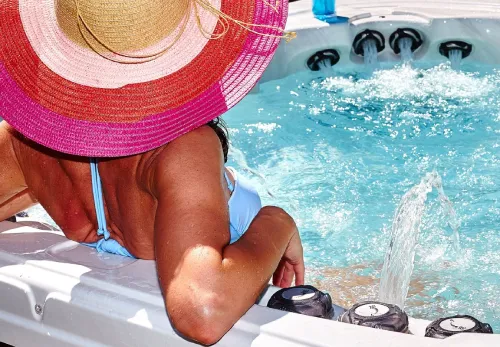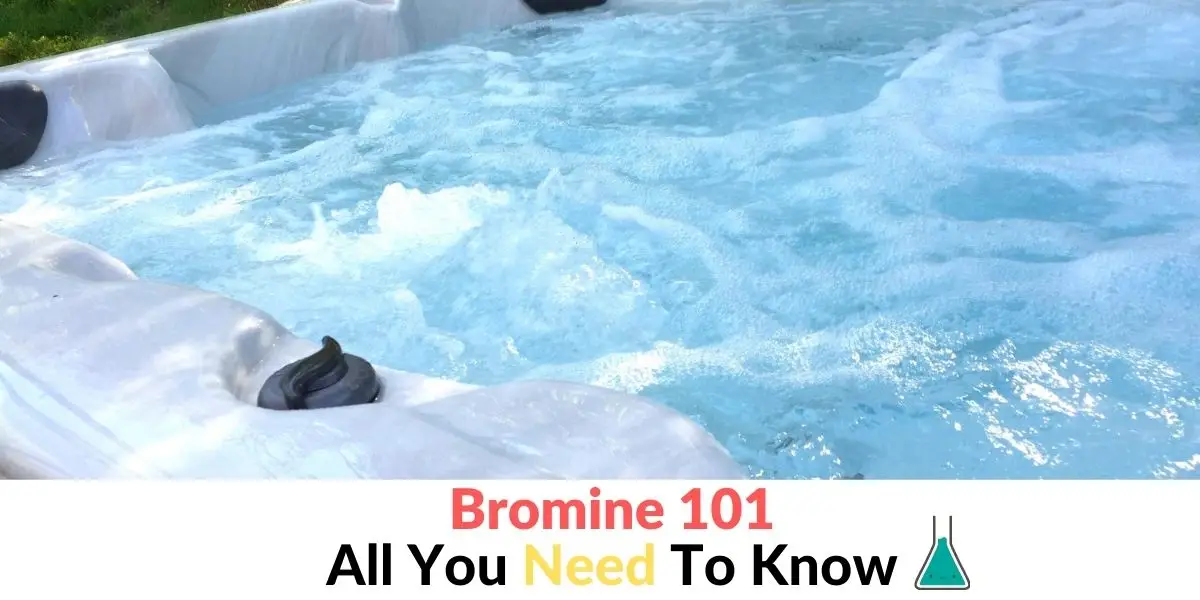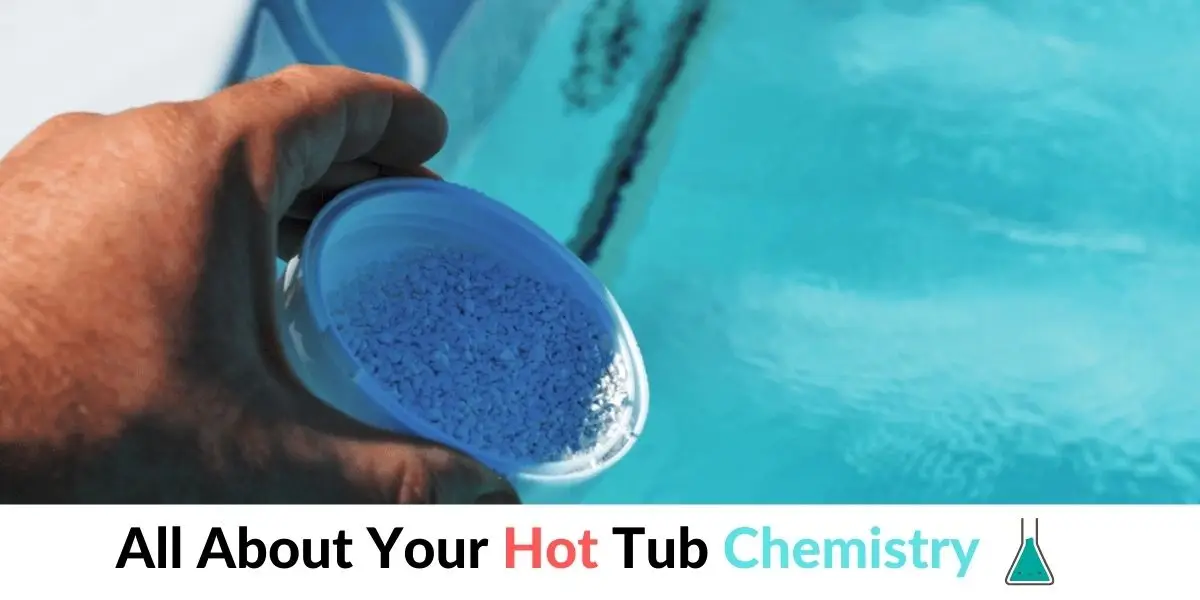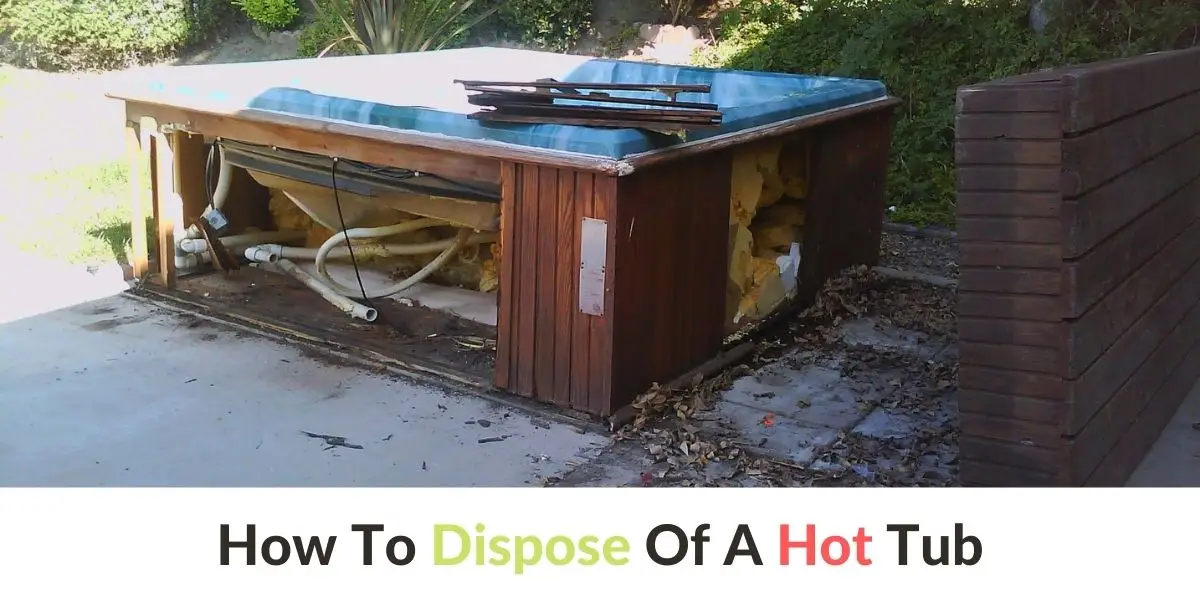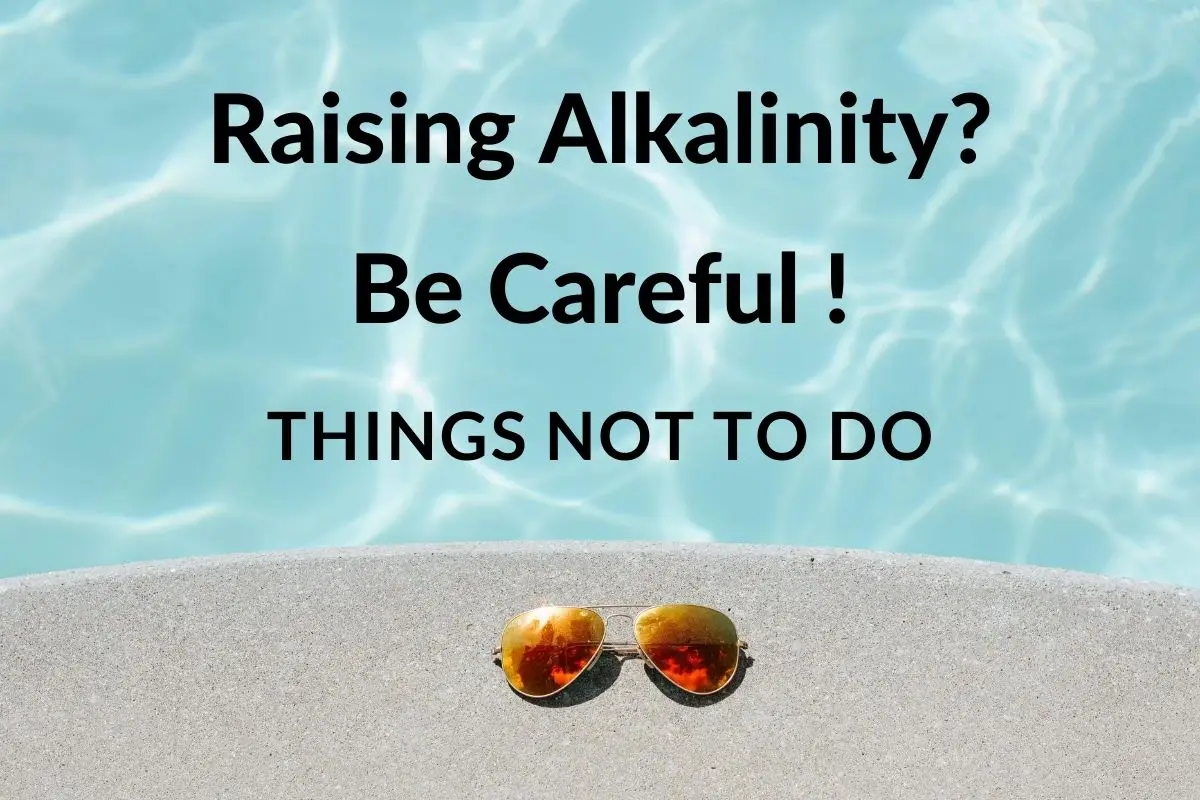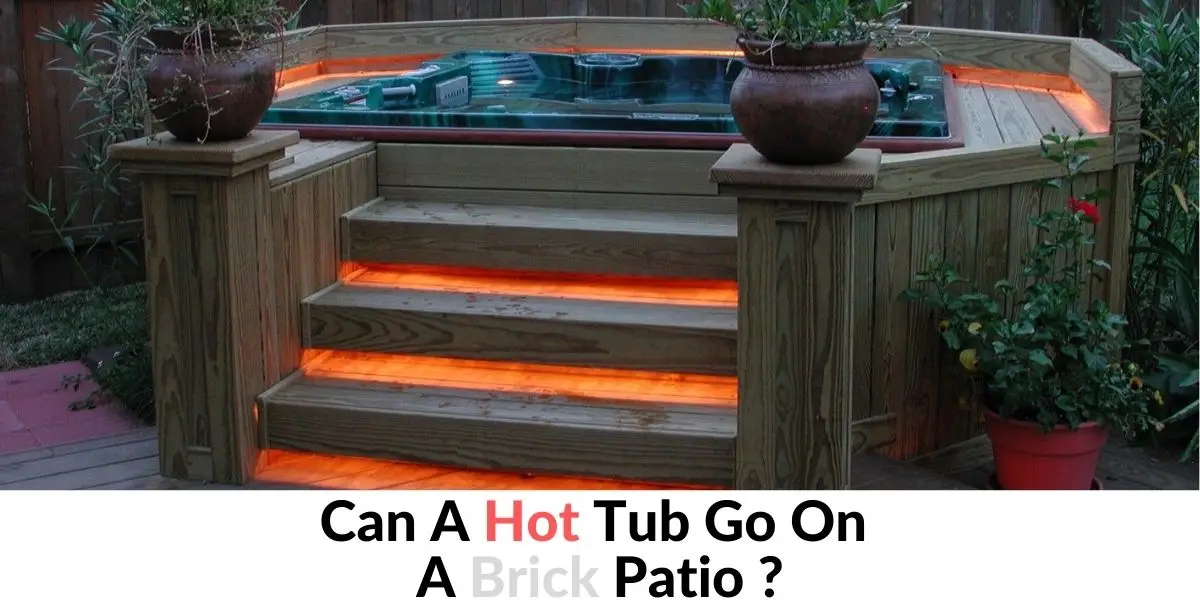Unfreeze Your Hot Tub in No Time: The Ultimate Guide for Thawing and Prevention
As a hot tub expert and blogger, I have seen many cases where hot tubs freeze during the winter months. While this may seem like a daunting task, don’t worry! Thawing a frozen hot tub is actually a straightforward process. Here’s what you need to do:
- Turn off the power supply to your hot tub. This will prevent any electrical damage from occurring while you work on the tub.
- Remove any snow or ice that has accumulated on the cover of the hot tub. This will help to prevent any further freezing and make it easier to access the interior of the tub.
- Locate the freeze protection system on your hot tub. This system is designed to automatically turn on the pump and heater when the water temperature drops too low. Make sure that it’s functioning properly.
- If the freeze protection system is not working, you’ll need to manually turn on the pump and heater. Allow the water to circulate for a few hours until the ice has melted and the water has been heated to a safe temperature.
- Once the hot tub is thawed, you can turn the power supply back on and enjoy your hot tub once again.
By following these simple steps, you’ll be able to quickly and easily thaw a frozen hot tub. Remember, preventing a freeze from occurring in the first place is the best way to avoid having to deal with a frozen hot tub. So, make sure you keep the cover on your hot tub properly secured, and consider using a hot tub blanket to help insulate the water. Happy hot tubbing!
1. Switch Off the Power Supply to the Unit
If you uncover the tub and it’s all snowy, first cut off electrical flow to the system. Manually trip the circuit breaker to ensure no electricity flows through the line. Remember to turn off the thermostat if it is manual. The power supply should only be restored after all the hot tub components are fully thawed.
2. Remove the Frozen Water
Using a sharp object such as an ice pick, create a hole in the center of the ice-covered tub. Now pour warm or hot water into the spa for faster defrosting. As the ice melts, remove the broken cubes and water before adding more hot water.
Noteworthy, ensure hot water does not come into direct contact with the unit shell as this may ruin its surface or cause cracks.
3. Warm up the Unit Using a Space Heater or a Heat Gun
During the extreme winter conditions, spa components are more likely to freeze than the whole tub. If that’s the case, then skip step 2 above.
Set the heating element within the equipment area. A 75-watt lamp or an electrical space heater will suffice. But two heaters placed on the opposite sides of the pump compartment while facing each other will speed up the process. For greater efficiency, you can close up the heaters within the cabinet using a heavy blanket. Once the pump has thawed up and can turn, remove the heating element.
Notably, a heater is a potential fire hazard in such a setting and must always be attended to.
For the frozen pipes, a heat gun held a few inches away and moved back and forth along their lengths is enough to defrost them. Don’t bring the heat gun too close to the pipes as they can be overheated and subsequently melt.
Defrosting of the spa components including pipes and pumps may last up to several hours depending on the magnitude of freezing and heating efficiency.
4. Open the Drain Valve
Once defrosting is complete, open the outlet valve to empty the hot tub off any water. A submersible pump can help drain the tub faster if it is full. Also, unscrew the pipework to release any remaining water and reduce the chances of subsequent freezing. A wet and dry vacuum can be quite useful in clearing out any residual water from the pipes.
5. Carefully Assess the Tub for any Damage
Now, it is time to closely inspect the spa for any ice damage. To help you pick out even the hairline cracks on pipes, call your hot tub engineer who will inspect the entire unit. Sections most vulnerable to ice effects are the pump body, filter body, and heater body.
Any damage should be fixed immediately even if it is a small pipe crack as it imposes the danger of bursting in the future. Sometimes, you may not discover any issues even after a thorough inspection.
What Should I do if my Spa just Began Freezing?
If the hot tub just started to freeze following an accidental power shut off, you can fix it without draining the water. Here is the procedure:
- Create a hole in the middle of the ice. (In this case, only water at the top should be frozen.) Pour hot water in the center of the tub until all ice melts.
- Switch on the power to the unit and confirm that all the pumps are circulating water. No circulation indicates that the components are frozen and this requires you to follow the initial procedure above to defrost the hydrotherapy machine.
- If the hot tub components are unaffected, the equipment will start running on high-speed mode while displaying either ‘IC’ or ‘ICE’ at the top. Both pumps 1 and 2 together with the blower and the heater will run simultaneously to warm the spa water to 7.50 C. Afterwards, only pump 1 plus the heater will continue running though at low speed.
Some tubs may only have the blower and pump 2 running in such circumstances.
What are Some Warning Signs that my Hot Tub is Starting to Freeze?
Here are some warning signs that your hot tub is starting to freeze:
- Reduced water flow: If you notice that the water flow from the jets in your hot tub has decreased, it could be a sign that the water inside the plumbing is starting to freeze.
- Water temperature drop: If the water temperature in your hot tub suddenly drops, it could be a sign that the water is starting to freeze.
- Condensation on the hot tub cover: If you see condensation forming on the inside of the hot tub cover, it could indicate that the water inside the hot tub is starting to freeze.
- Ice forming on the surface of the water: If you see ice starting to form on the surface of the water in your hot tub, it’s a clear sign that the water is freezing.
- Strange noises from the hot tub: If you hear strange noises coming from your hot tub, such as cracking or popping sounds, it could indicate that the water is freezing and causing the pipes to expand.
If you notice any of these warning signs, it’s important to take action as soon as possible to prevent a full-blown freeze from occurring. Taking steps to prevent your hot tub from freezing, such as making sure the cover is properly secured and using a hot tub blanket, can help to minimize the risk of a freeze occurring.
How can I Prevent My Hot Tub From Freezing?
After clearing the mess and now your spa is operating normally again, use these nuggets to prevent potential future freezes during winter.
- If your spa has a freeze protection mode, ensure it is engaged even as winter approaches.
- For tubs without built-in freeze protection functions such as inground spas, you can install a digital time clock that auto-switches on the pump upon detecting cold ambient temperatures.
- Keep your tub hot and running when extremely low temperatures are expected. Besides the weatherman’s report, you can use mobile apps to obtain temperature alerts and consequently keep your spa running if temperatures below particular ranges are reported.
- Protect your spa against the effects of a power outage. A power blackout during abnormally cold winter can see an unheated tub freezing within an hour. Heating your tub to up 1000 C and tightly covering it can help retain the heat for more than a day following a power outage thereby avoiding freezing.
- If you are not going to use the tub for more than 90 days, drain away all the water from the unit and apply the spa cover. Blowing through the lines ensures no water remains in the pipes, pumps, or hoses and eliminates any risk of freezing.


